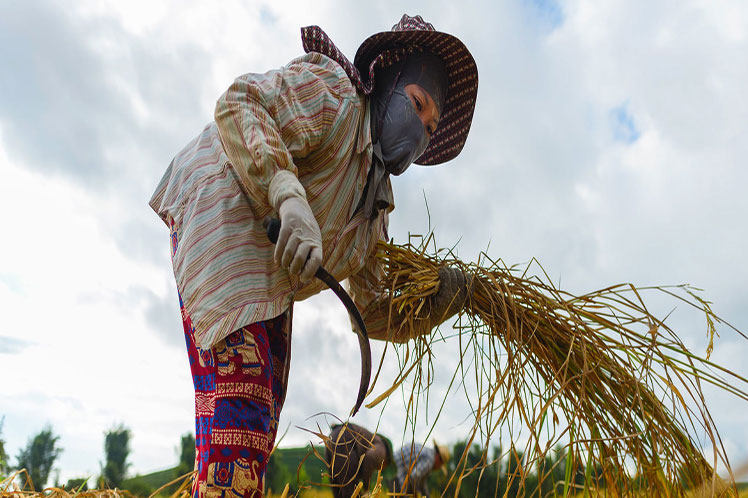The new report ¨ILO Global Estimates on International Migrant Workers: Results and Methodology¨ shows that between 2017 and 2019 the number of international migrants has scaled up from 164 to 169 million, while in the case of young people it grew from 3.2 to 16.8 million.
Plus, the ILO report showed that in 2019, international migrant workers constituted nearly 5% of the global labor force, making them an integral part of the world economy. Yet many migrant workers are often in temporary, informal or unprotected jobs, which expose them to a greater risk of insecurity, layoffs and worsening working conditions.
The Covid-19 crisis intensified these vulnerabilities, particularly for women migrant workers, as they are over-represented in low-paid and low-skilled jobs and have limited access to social protection and fewer options for support services.
Over two-thirds of global migrant workers are concentrated in high-income nations. Of the 169 million international migrant workers, 63.8 million (37.7%) are in Europe and Central Asia. Another 43.3 million (25.6%) are in the Americas. Hence, collectively, Europe and Central Asia and the Americas host 63.3% of all migrant workers. The Arab States, and Asia and the Pacific each host about 24 million migrant workers, which, in total, correspond to 28.5% of all migrant workers.
The majority of migrant workers – 99 million- are men, while 70 million are women, who face more socio-economic drawbacks as migrant workers and are more likely to migrate as accompanying family members for reasons other than finding work.
The share of youth among international migrant workers has increased, from 8.3 per cent in 2017 to 10.0 per cent in 2019. This increase is likely to be related to high youth unemployment rates in many developing countries. The large majority of migrant workers (86.5 per cent) remain prime-age adults (aged 25–64).
In many regions international migrant workers account for an important share of the labor force, making vital contributions to their destination countries’ societies and economies, and delivering essential jobs in critical sectors like health care, transportation, services, agriculture and food processing.
‘Labor migration policies will be effective only if they are based on strong statistical evidence. This report offers sound estimations, based on robust methods and reliable data integrating harmonized complementary sources,’ said Rafael Diez de Medina, Chief Statistician and Director of the ILO Department of Statistics. ‘These policies can then help countries respond to shifts in labor supply and demand, stimulate innovation and sustainable development, and transfer and update skills.’
pgh/Pll/msm / crc










